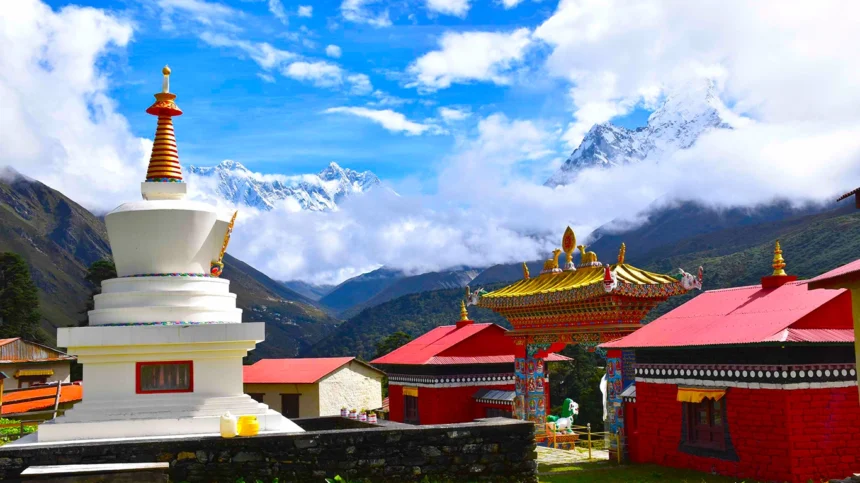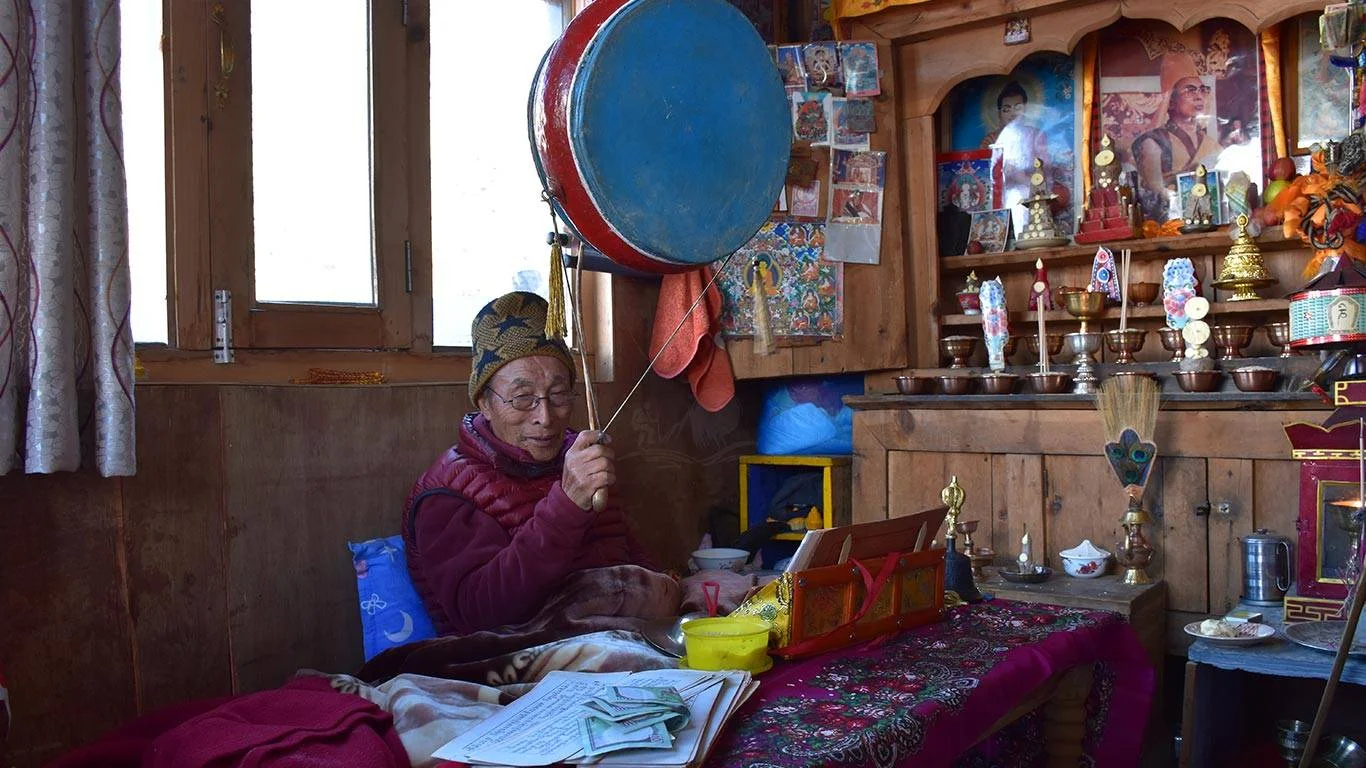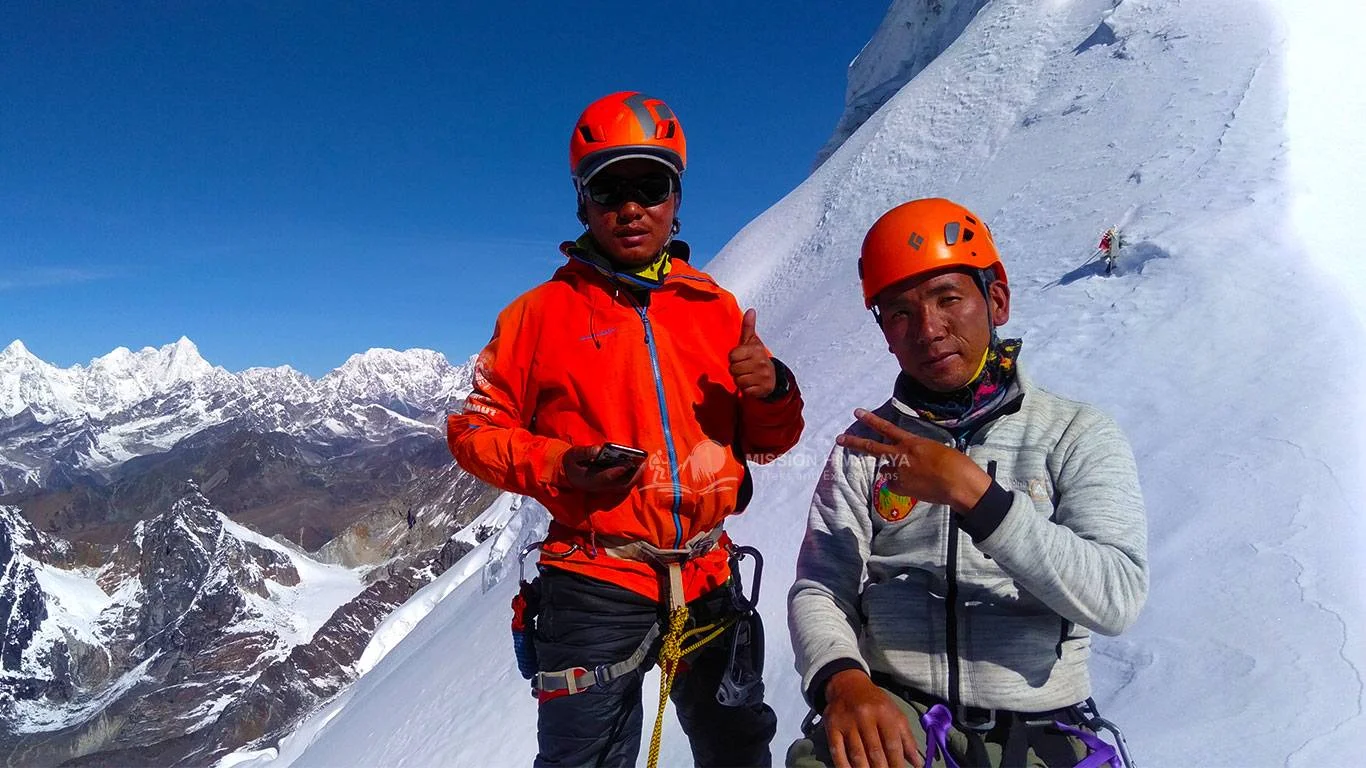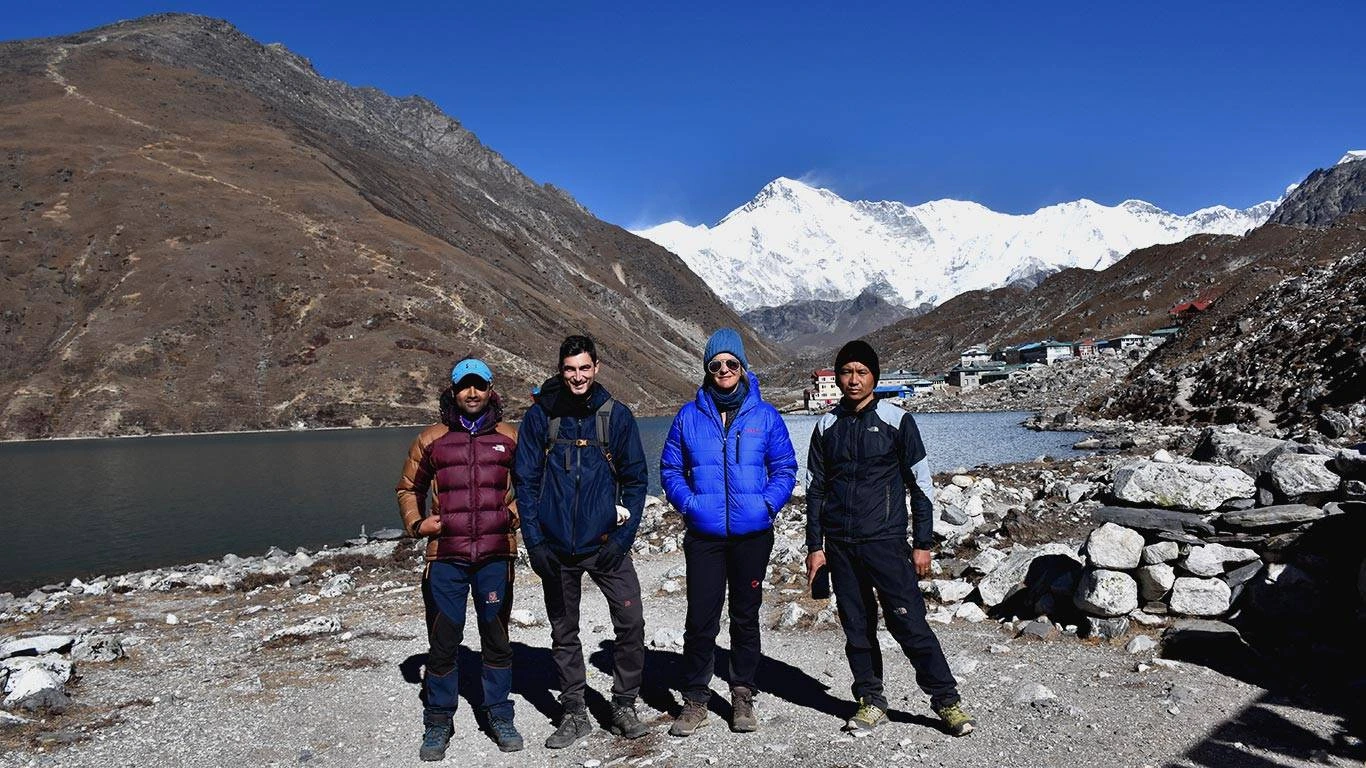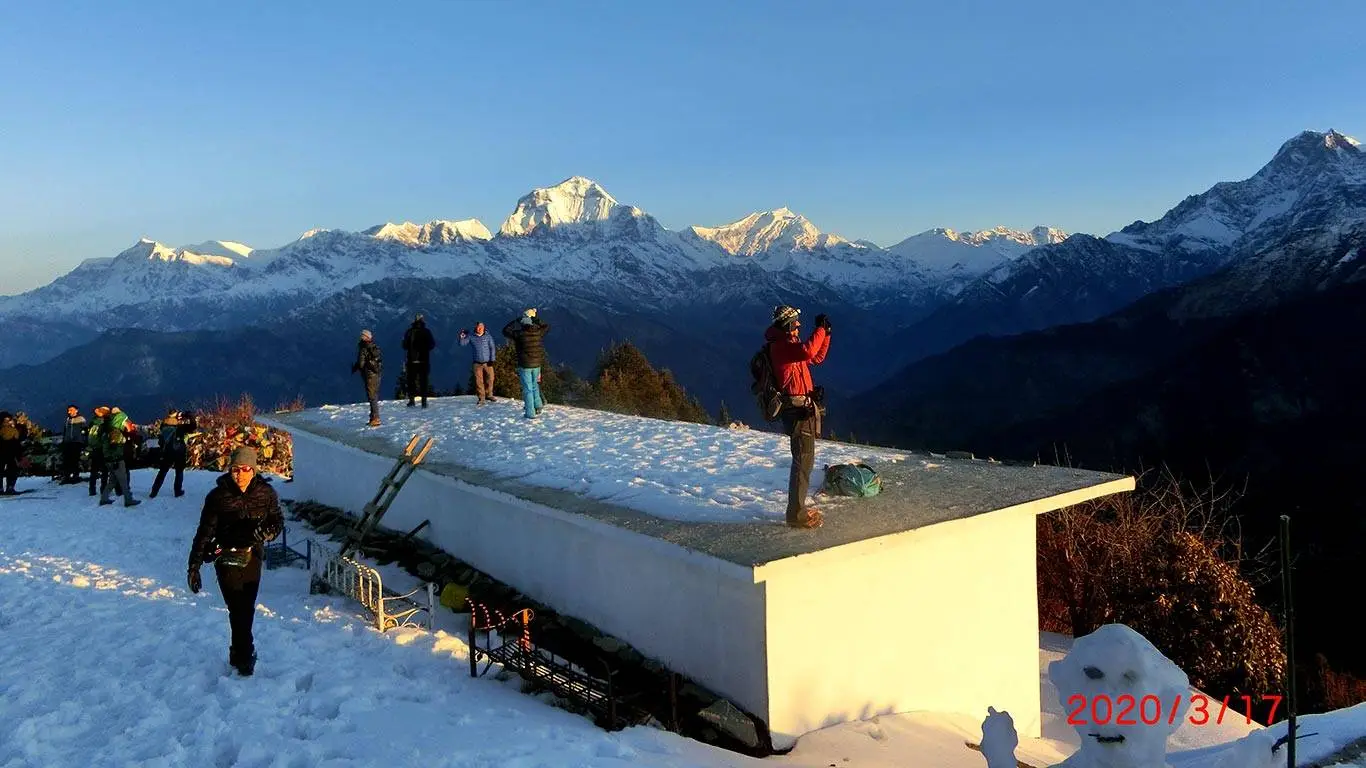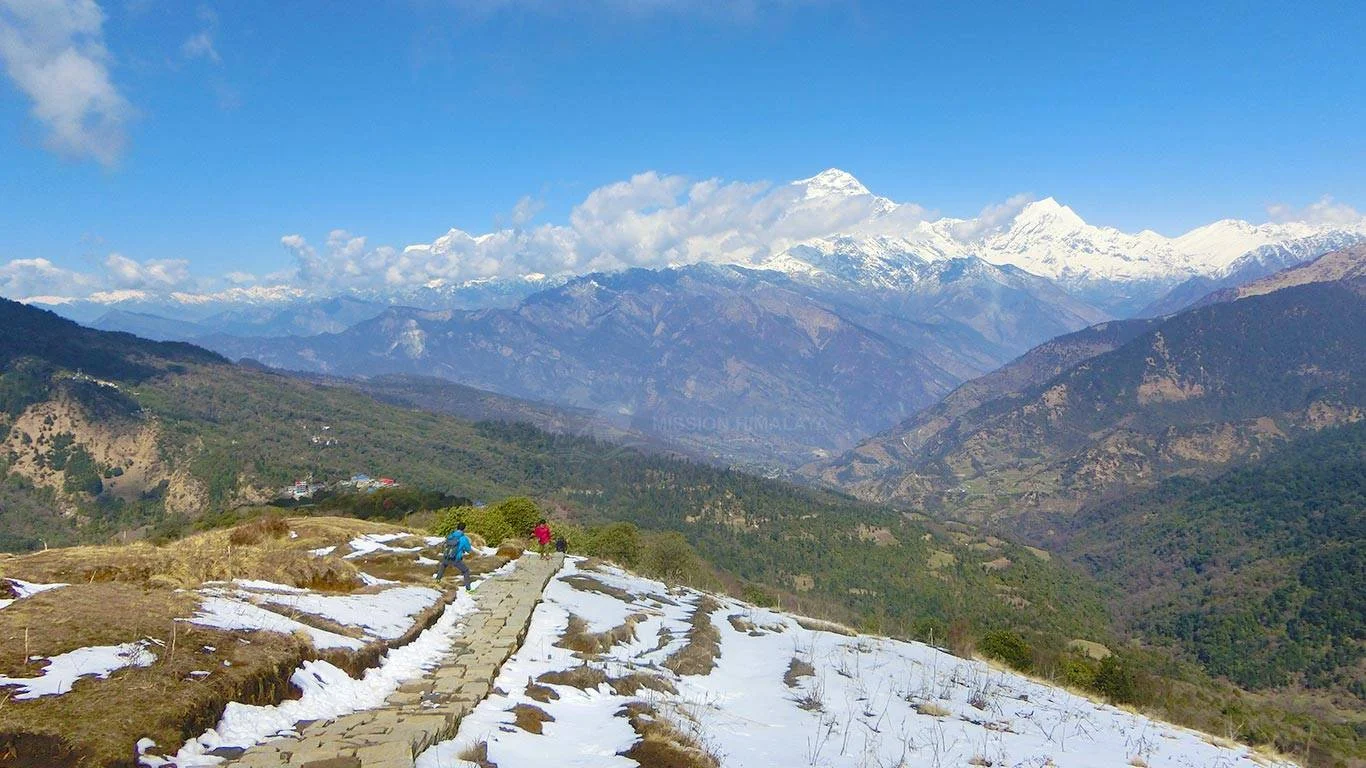Trekking to Everest Base Camp (EBC) is a dream for many adventure lovers. But what if you want to do it alone? A solo Everest Base Camp trek can be an incredible journey filled with challenges, beauty, and self-discovery. Walking through the Himalayas, meeting local people, and seeing Mount Everest up close is a once-in-a-lifetime experience. But before you pack your bags, it’s important to know what to expect.
Why Choose a Solo Everest Base Camp Trek?
Many trekkers join guided groups, but a solo Everest Base Camp trek gives you freedom. You can walk at your own pace, choose where to stay, and enjoy the peace of nature. Without a guide or group, you’ll connect more with the journey and local culture. You’ll meet other trekkers along the way, so you won’t feel lonely.
However, trekking solo means you have to be more prepared. You need to arrange your own permits, plan your route, and carry everything you need. It’s important to know about altitude sickness, weather changes, and safe trekking practices.
A Step-by-Step Guide to Trekking to Everest Base Camp Alone
Planning a Solo Everest Base Camp Trek can feel exciting and scary at the same time. But if you break it down step by step, it becomes easier. Here’s how you can prepare and complete your trek safely and successfully.
Step 1: Get Your Permits
Before you start your Solo Everest Base Camp Trek, you need two permits. The first is the TIMS (Trekkers’ Information Management System) card, and the second is the Sagarmatha National Park entry permit. You can get these in Kathmandu or at the entry checkpoint in Monjo.
Step 2: Fly to Lukla and Start Trekking
Your journey begins with a flight from Kathmandu to Lukla. This is one of the most thrilling flights in the world because the airport is small and surrounded by mountains. From Lukla, you start walking towards Phakding, a small village where many trekkers stay on their first night.
Step 3: Reach Namche Bazaar and Acclimatize
After Phakding, you trek to Namche Bazaar, the main town of the Everest region. This is an important stop because the altitude gets higher from here. It’s best to spend two nights in Namche to let your body adjust. You can explore the town, visit the Everest View Hotel, or hike to Khumjung village.
Step 4: Continue Towards Base Camp
From Namche, you trek through beautiful villages like Tengboche, Dingboche, and Lobuche. Each day, the air gets thinner, so you need to walk slowly and drink lots of water. In Dingboche, it’s a good idea to take another rest day to avoid altitude sickness.
Step 5: Reach Everest Base Camp
After days of walking, you finally reach Gorak Shep, the last stop before Everest Base Camp. From here, you take a few more hours to reach the famous base camp. Standing there, surrounded by towering mountains, is an unforgettable moment.
Step 6: Hike to Kala Patthar for the Best View
For the best view of Mount Everest, wake up early and hike to Kala Patthar. This is the highest point of your Solo Everest Base Camp Trek and offers a breathtaking sunrise view of Everest.
Step 7: Return to Lukla and Fly Back
After reaching Everest Base Camp, you trek back the same way to Lukla. From Lukla, you take a flight to Kathmandu, marking the end of your Solo Everest Base Camp Trek.
If you plan well, walk safely, and listen to your body, your Solo Everest Base Camp Trek will be an adventure to remember.
Essential Tips, Costs, and Safety Advice for Solo Everest Base Camp Trek
A Solo Everest Base Camp Trek is an amazing adventure, but it needs good planning. If you are trekking alone, you must be well-prepared. Here are some important tips, cost details, and safety advice to help you enjoy your journey.
Essential Tips for Solo Trekkers
- Train Before You Go – The trek is long and difficult. Walk, run, and climb stairs for a few months before the trek to build strength.
- Pack Light but Smart – Carry only the essentials. A warm sleeping bag, layered clothes, good trekking boots, and a first-aid kit are must-haves.
- Start Early Each Day – Walking in the morning helps you reach your stop before it gets too crowded.
- Stay Hydrated and Eat Well – Drink plenty of water and eat energy-rich foods like dal bhat, noodles, and soup.
- Respect the Mountains and Locals – Follow the trail rules, greet people with “Namaste,” and respect local customs.
Costs of a Solo Everest Base Camp Trek
A Solo Everest Base Camp Trek can cost anywhere from $800 to $1,500, depending on your choices.
- Flights to Lukla – Around $200 to $400 for a round trip
- Permits – TIMS card ($20) and Sagarmatha National Park entry ($30)
- Food and Stay – $20 to $40 per day, depending on what you eat and where you sleep
- Gear and Equipment – If you rent or buy gear, expect to spend $100 to $300
- Extras – Charging devices, Wi-Fi, and hot showers cost extra, usually $2 to $5 each
Safety Advice for Solo Trekkers
A Solo Everest Base Camp Trek can be risky, so safety is very important.
- Watch for Altitude Sickness – Walk slowly, take rest days, and drink lots of water. If you feel dizzy or have a headache, descend to a lower altitude.
- Check the Weather – The weather in the mountains can change quickly. Always be prepared for cold, wind, and snow.
- Carry a Map and Offline GPS – Even though the trail is well-marked, having a map helps in case you take a wrong turn.
- Inform Someone About Your Plan – Let your family or a friend know your trekking schedule in case of emergencies.
- Get Travel Insurance – A good insurance plan should cover medical emergencies and helicopter rescues.
With the right planning, your Solo Everest Base Camp Trek will be a safe and unforgettable journey.
Navigating the Everest Base Camp Trek Without a Guide or Porter
Doing a Solo Everest Base Camp Trek without a guide or porter is a big challenge, but it is possible. You will need to plan carefully, carry your own backpack, and find your own way. If you are ready for the adventure, here’s how you can navigate the trek on your own.
Understanding the Route
The good news is that the trail to Everest Base Camp is well-marked. Thousands of trekkers walk this path every year, so it is easy to follow. The trek starts in Lukla and passes through villages like Phakding, Namche Bazaar, Tengboche, Dingboche, Lobuche, and Gorak Shep before reaching Everest Base Camp. You will return the same way. Signs along the trail help you find your way, and locals are always ready to give directions if needed.
Carrying Your Own Backpack
Without a porter, you must carry everything yourself. A heavy backpack can make trekking difficult, so packing light is important. Bring only what you really need, like warm clothes, a sleeping bag, basic toiletries, a first-aid kit, and a refillable water bottle. A backpack weighing around 10–12 kg is ideal. Trekking poles help reduce strain on your knees, especially when going downhill.
Booking Food and Accommodation
Teahouses along the way provide food and a place to sleep. In peak season, teahouses get full quickly. Since you do not have a guide to book in advance, it is best to start your trek early in the morning and reach your stop before evening. Ordering meals in advance at teahouses can also save time. Dal bhat, noodles, and soups are good options for keeping your energy up.
Staying Safe on the Trail
A Solo Everest Base Camp Trek means you are responsible for your own safety. Walk slowly to avoid altitude sickness, drink lots of water, and take rest days to acclimatize. Keep an eye on the weather, as storms and snowfall can make the trail dangerous. Having a map or an offline GPS app helps in case you take a wrong turn.
The Reward of Trekking Alone
Navigating a Solo Everest Base Camp Trek without a guide or porter gives you full control of your adventure. You can walk at your own pace, make your own decisions, and enjoy the peaceful beauty of the Himalayas. If you prepare well and stay safe, this trek can be one of the most rewarding experiences of your life.
Solo vs. Group Trekking: Pros, Cons, and What to Expect
When planning an Solo Everest Base Camp Trek, you must decide whether to go alone or join a group. Both options have good and bad sides. Understanding them can help you choose the best way to enjoy your trek.
Trekking Solo: The Pros and Cons
Many people choose a Solo Everest Base Camp Trek for the freedom it gives. You can walk at your own pace, take breaks when you want, and explore without waiting for others. It is also a great way to challenge yourself and feel more connected to nature.
However, trekking alone comes with risks. If you get sick or lost, there is no one to help right away. You must also carry all your own gear, which can make trekking harder. Finding a place to sleep in peak season can be tough since you have no guide to book for you.
Pros of Trekking Solo:
- Full freedom to plan your trek
- Can walk at your own speed
- Peaceful and quiet experience
Cons of Trekking Solo:
- No help in case of emergency
- Need to carry everything yourself
- Can feel lonely on some days
Trekking in a Group: The Pros and Cons
Trekking in a group can make your journey easier. A guide helps with directions, books lodges in advance, and provides useful tips. Porters can carry your heavy bag, making the walk more comfortable. You also have people to talk to, which can make the long days more fun.
But trekking in a group has some downsides too. You must follow a fixed schedule, which means less flexibility. If someone in the group is slow, you must wait for them. There may also be different opinions on when to rest or where to eat.
Pros of Trekking in a Group:
- Safer with support from others
- No need to carry a heavy bag if using porters
- Easier to book teahouses and order food
Cons of Trekking in a Group:
- Less freedom to make your own plans
- Must adjust to the pace of others
- Can be noisy and less peaceful
What to Expect
If you choose a Solo Everest Base Camp Trek, be ready for both the challenges and rewards. Plan well, stay safe, and enjoy the adventure. If you prefer company and extra support, a group trek may be a better choice. No matter which option you choose, reaching Everest Base Camp will be an experience to remember.
Permits, Packing, and Planning for a Successful Solo Adventure
A Solo Everest Base Camp Trek is an exciting journey, but you must prepare well. You need the right permits, a good packing list, and a solid plan. This will help you stay safe and enjoy the trek without trouble.
Getting the Right Permits
Before starting your Solo Everest Base Camp Trek, you need two permits:
- Sagarmatha National Park Entry Permit – This costs around $30 and helps protect the environment. You can get it in Kathmandu or Monjo, near the park entrance.
- TIMS Card (Trekkers’ Information Management System) – This costs around $20 and keeps track of trekkers for safety. You can get it in Kathmandu at the Nepal Tourism Board office.
It is important to keep these permits safe, as they will be checked at different points along the trek.
Packing Smart for the Trek
Since you will carry your own bag, packing light is very important. Here are the essentials:
- Clothes – Layered clothing for warm days and cold nights, a down jacket, gloves, and a hat
- Shoes – Good trekking boots that are already broken in
- Sleeping Gear – A warm sleeping bag since teahouses can be very cold
- Health Items – First-aid kit, water purification tablets, and sunscreen
- Electronics – A power bank and a flashlight for when there is no electricity
- Snacks – Energy bars and dry fruits for extra energy on long days
A backpack of 10–12 kg is best for a Solo Everest Base Camp Trek. Carrying too much weight will make the trek harder.
Planning Your Trek
Good planning makes your Solo Everest Base Camp Trek safer and more enjoyable. Here’s how:
- Train Your Body – Walk long distances before the trek to get used to the challenge
- Check the Weather – Avoid trekking in extreme winter or monsoon season
- Book Your Flight Early – Lukla flights fill up fast, so booking ahead is a good idea
- Set a Flexible Schedule – Plan for extra days in case of bad weather or if you need more rest
- Tell Someone About Your Plans – Let family or friends know your route for safety
With the right permits, smart packing, and careful planning, your Solo Everest Base Camp Trek will be a smooth and unforgettable experience.
Conclusion: Your Solo Everest Base Camp Trek Adventure
A Solo Everest Base Camp Trek is an exciting challenge, but it takes good preparation. From getting the right permits to packing carefully and making a solid plan, everything plays an important role in making your journey successful. If you plan right, you can enjoy this adventure and make it a memorable experience.
First, you need to make sure you have the proper permits. The Sagarmatha National Park Entry Permit and the TIMS card are both required for your trek. Without these, you cannot enter the national park or trek safely, so it’s important to get them before you leave.
Packing for your Solo Everest Base Camp Trek is also a big part of your preparation. Since you’ll be trekking alone, carrying the right gear is very important. You should pack light but bring everything you need, like warm clothes, a good pair of shoes, and a first-aid kit. A backpack of about 10-12 kg is best to help you stay comfortable during the long days of walking.
Planning your trek is just as important. You need to train your body before the journey to make sure you’re fit for the challenge. You should also check the weather and make sure you’re trekking during the best time of year, not in the monsoon or winter. It’s also smart to have a flexible schedule, just in case you need extra rest or face unexpected weather changes. Always let someone know about your plans for safety reasons.
Trekking alone gives you a sense of freedom and peace, and the experience of walking through the Himalayas by yourself is truly special. But, it can also be tough at times, so staying safe is key. Make sure you walk slowly to avoid altitude sickness and drink plenty of water along the way. Carry a map or use offline GPS to stay on the right track.
A Solo Everest Base Camp Trek is more than just a physical challenge; it’s a chance to test your strength and enjoy nature in a very personal way. With the right permits, packing, and planning, you can have an amazing adventure. So, if you’re ready for a truly unforgettable experience, a Solo Everest Base Camp Trek might just be the perfect adventure for you.
Birendra Duwadi by profession a trekking and tourist guide and an enterpreur whose passion is trekking in the himalayas start Mission Himalaya Treks in 2015 with a new vision to introduce Nepal Himlayas to the world. his vision is explore and documentation new trekking routes . Birendra leads Mission Himalaya, a small company that change the qualities of trekking in Nepal.

